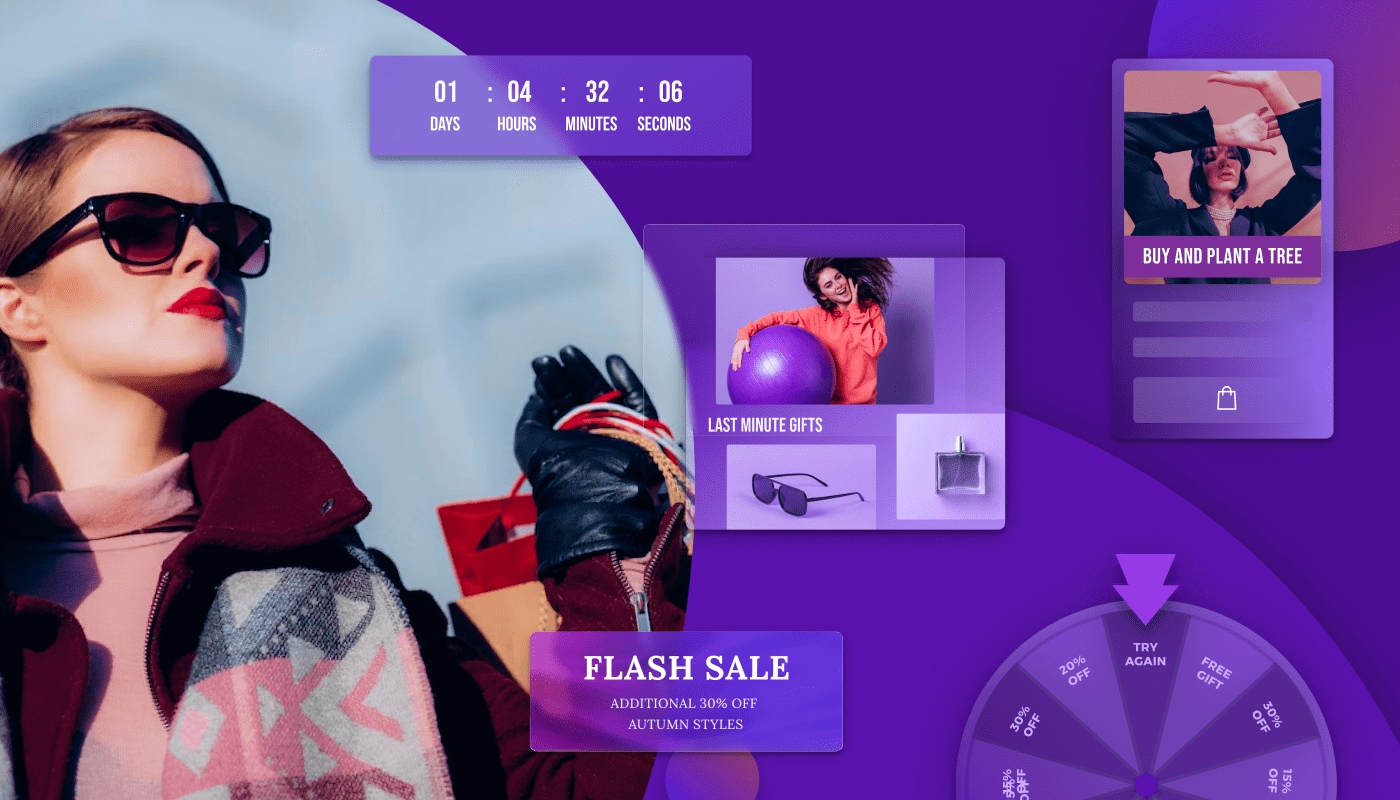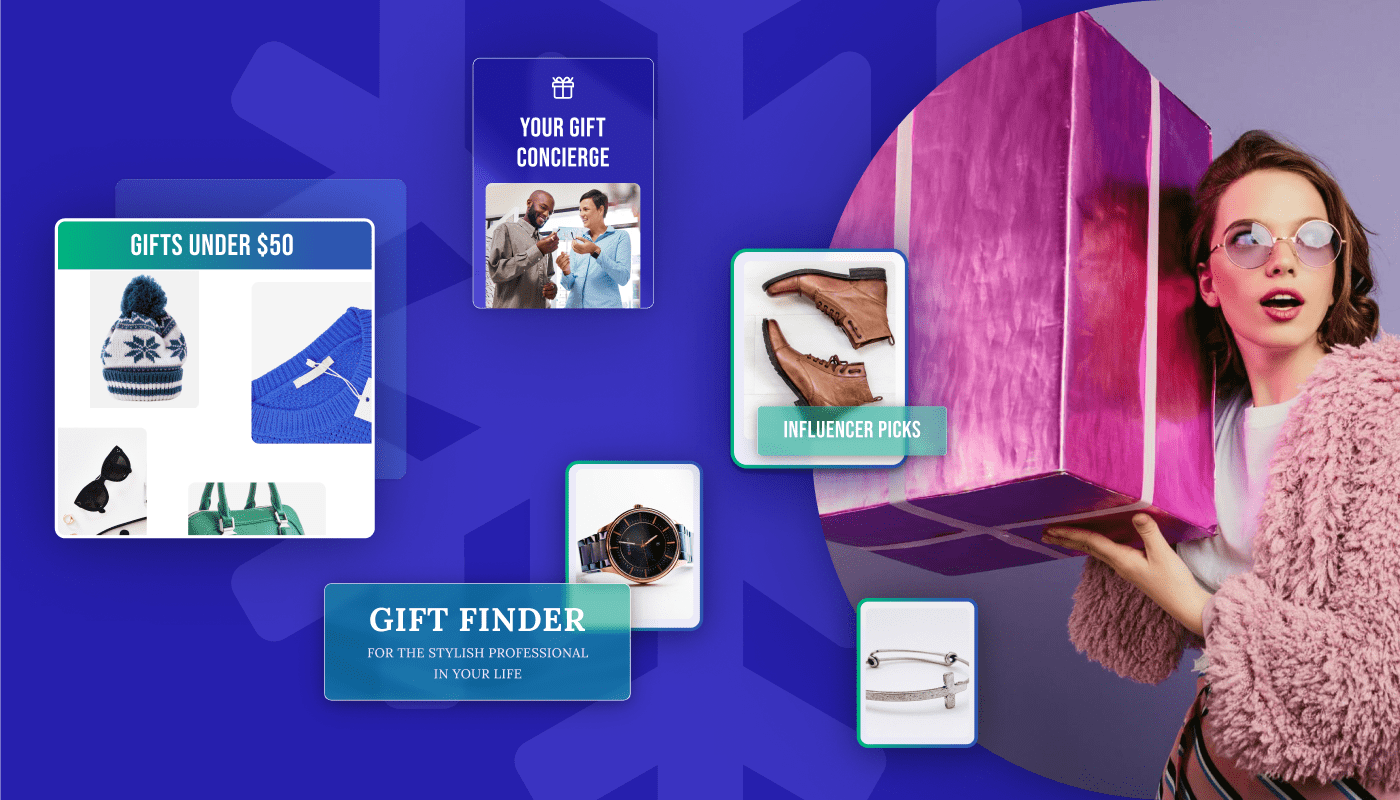Promotions are a great way to attract shoppers and make them feel special. Although, sometimes they can do more harm than good even with the best intentions. With many options to choose from, even a single difficult or frustrating experience may be the reason for losing customer loyalty and trust. And with a negative review, other potential buyers may be prompted to steer clear of your online store.
Here is a list of 5 common mistakes you absolutely need to avoid, especially with holiday shopping fever:
1. Over-Communication
Communication is key to getting your message across, but brands often make the mistake of tipping the balance between valuable communication and overcommunicating. According to Forrester, more than half of consumers in the US and Canada claim they receive an excessive amount of promotional emails, causing them to take action such as unsubscribing. Off-site communication such as emails and SMS messages is pivotal to keeping your subscribers up to date with your brand. When done too often, it can become the last straw in your customer’s patience.
The same applies to on-site promotions as well. Since 55% of website visitors only spend 15 seconds before they exit a website, you have a limited time to grab their attention. On-site promotions are an effective tool for engagement, however, they can easily create a negative effect when overused. Too many pop-ups or sponsored content in results pages can be obtrusive and overwhelming for users, causing them to leave the website earlier than intended. Local Eclectic previously used overlapping popups on their mobile website, asking customers to subscribe to their newsletter and download their app simultaneously. Requesting customers to do multiple things at once may result in cognitive overload and take away from targeted results. In this example, customers would typically close the pop-up or choose to do one of those actions.
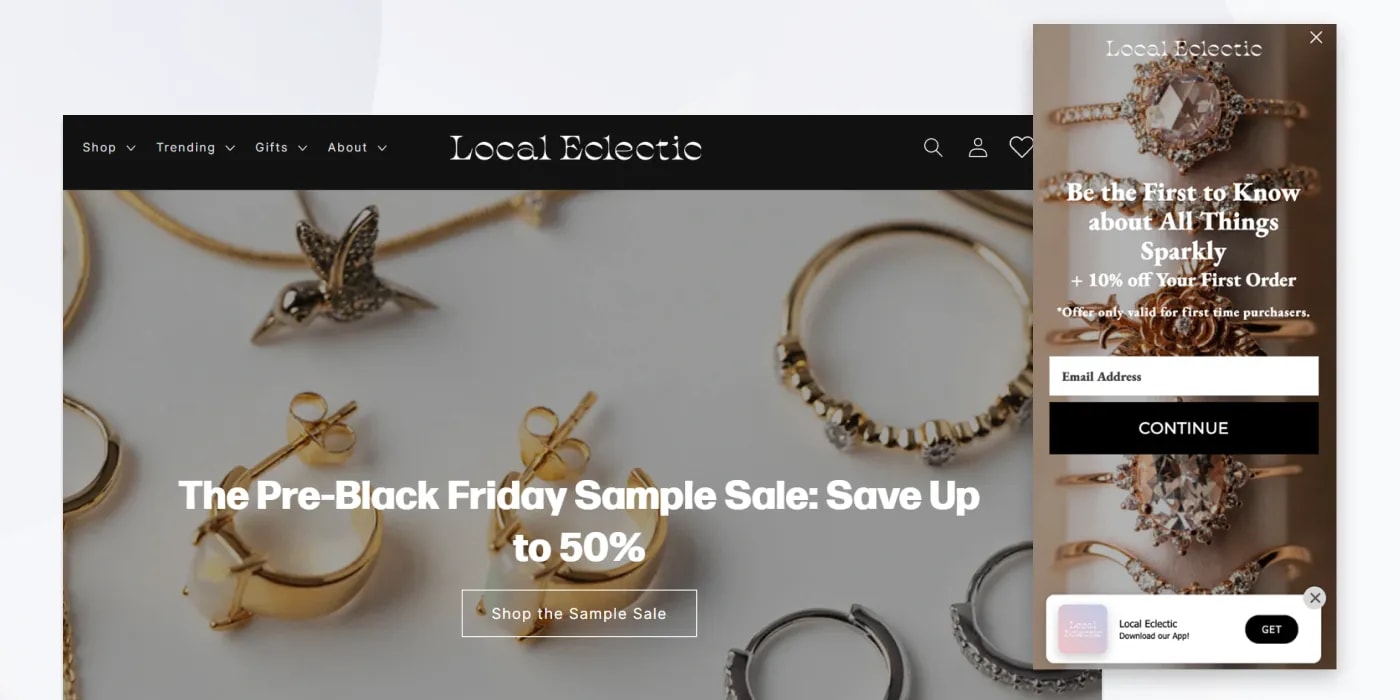
2. Under-Communication
Even the perfect campaign, if not sufficiently communicated to the right customer group, can lead to disappointing results. Almost all brands allocate some bandwidth to promo communications, but it doesn’t always mean they get heard by the right people. Whether it is focusing too much on top spenders or highly responsive prospects, there may be hidden gems in your customer base that are currently left out. Even if you are regularly communicating with your customers, low open rates may be a sign of under-communication. Effective in-depth reporting of your campaign performance is the key to uncovering these subgroups that are yet to receive the attention they deserve.
Reaching the right group but not being able to sufficiently emphasize benefits is another example of under-communication. Promotional emails with too many items can fail to convey the benefits of your campaign. For instance, the US supermarket chain Foodtown announced its weekly specials by sending an overcrowded design of its discounted product catalog. It is better to emphasize a few important points in an easy-to-read manner and encourage your customers to click through to read more. An unclear portrayal of the benefits you are offering may lead customers to pass up on good deals and look to competitors instead. To avoid misunderstandings, make sure you highlight the added value you offer to customers in an enticing and understandable way.
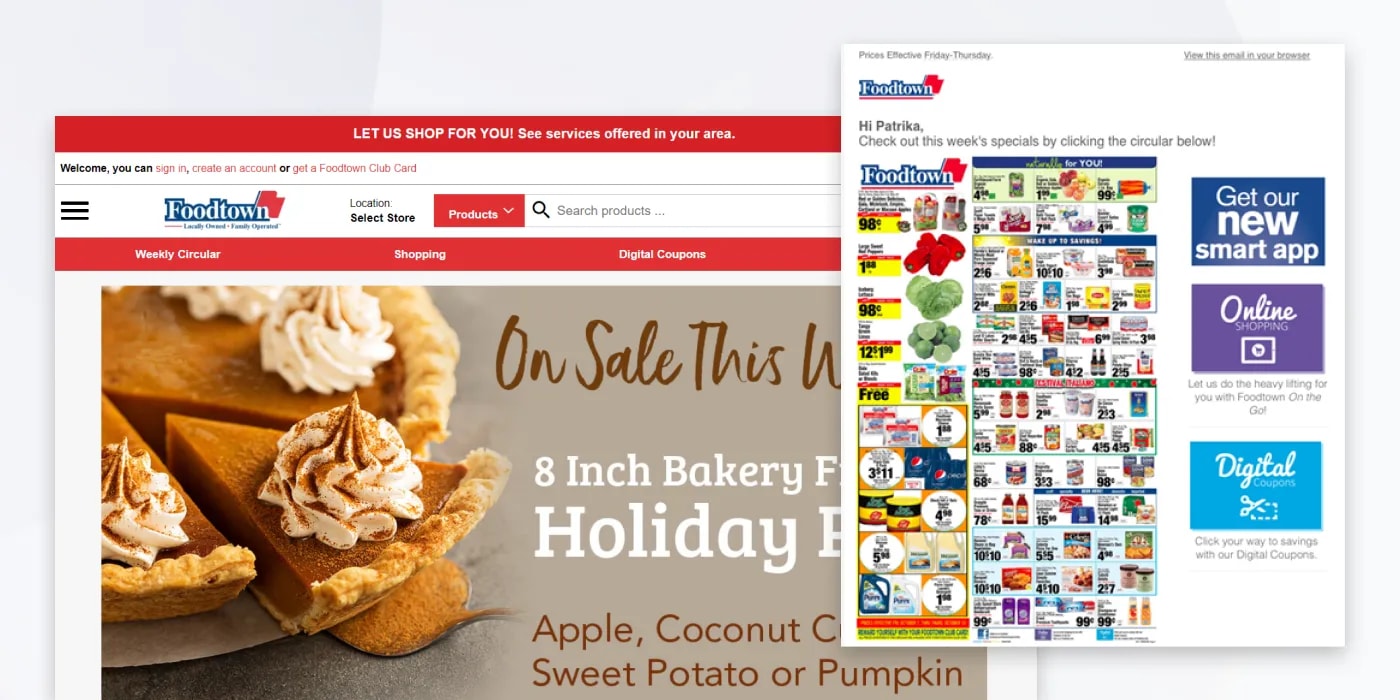
3. Not Enough Empathy
A key ingredient to nurturing a strong bond between your brand and your customers is empathy. While sending pre-scheduled promotional emails to Boston Marathon participants, Adidas unintentionally committed a grave error. The message subject read “Hi, you survived the Boston Marathon”. At first sight, you could assume there’s nothing wrong with it. However, a bombing occurred during this marathon where several were killed or injured. The message left customers feeling outraged and Adidas received a lot of criticism. Apology messages were then sent out when Adidas became aware of the situation.
Although it is impossible for brands to have a full picture of what is going on in customers’ lives, it is important to be mindful of personal circumstances and not make any assumptions that might offend or upset customers. For instance, many individuals struggle on Mother’s Day and Father’s Day for various reasons. To avoid being insensitive during such times, some brands send messages beforehand, with the option to opt-out of specific campaigns such as Mother’s Day. Etsy shared a message right before Mother’s Day, acknowledging that it can be a difficult time for some, and provided the option to not receive Mother’s Day-specific emails by clicking on a link provided.
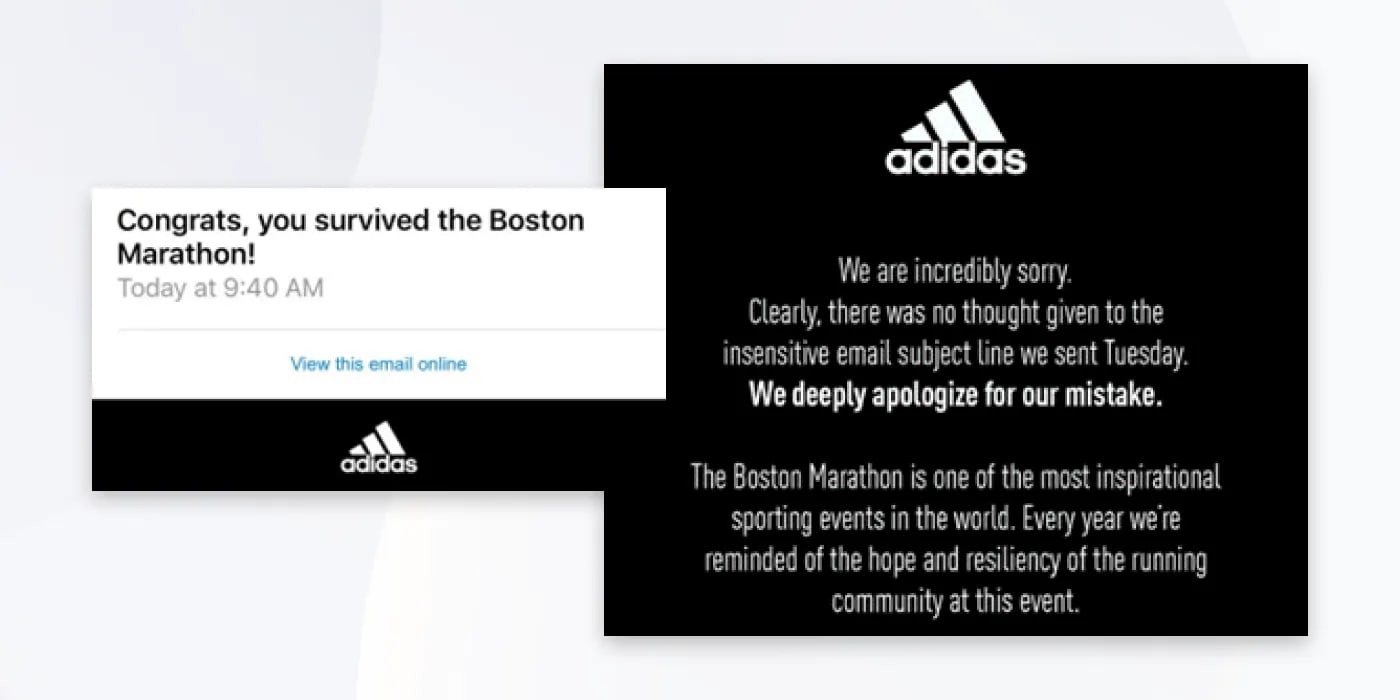
4. Misleading Messages
It can also be tempting sometimes to add highly attractive semi-truths to spice up your promotions. However, consumers today are smarter than ever, and misleading advertisements can lead them to question your brand’s proposition. As an example, KURU footwear advertised an 80% discount coupon in Google ads but, in reality, the promotions on their website only offered 50% off. This can occur due to miscommunication between different teams, scheduling or inventory issues. Otherwise, often referred to as click-baiting, customers are lured with the best offer only to find out it no longer exists or only applies to a small subset of products. It is a common and effective practice to highlight the best part of your value proposition as long as it is not too far off from what the customers are typically getting.
Another practice that you need to watch out for is mass communicating niche offers. Darn Tough offered a 20% discount coupon however, the offer was only applicable to veterans who signed up with the Darn Tough ID. Your customers can leave your website feeling dissatisfied if they add items believing they will receive a great deal in their cart, only to discover that the coupon you offered has too many caveats associated with it. Adding hard-to-fulfill eligibility rules to your promotions may defeat the purpose of attractive promotions and make the customer feel cheated.
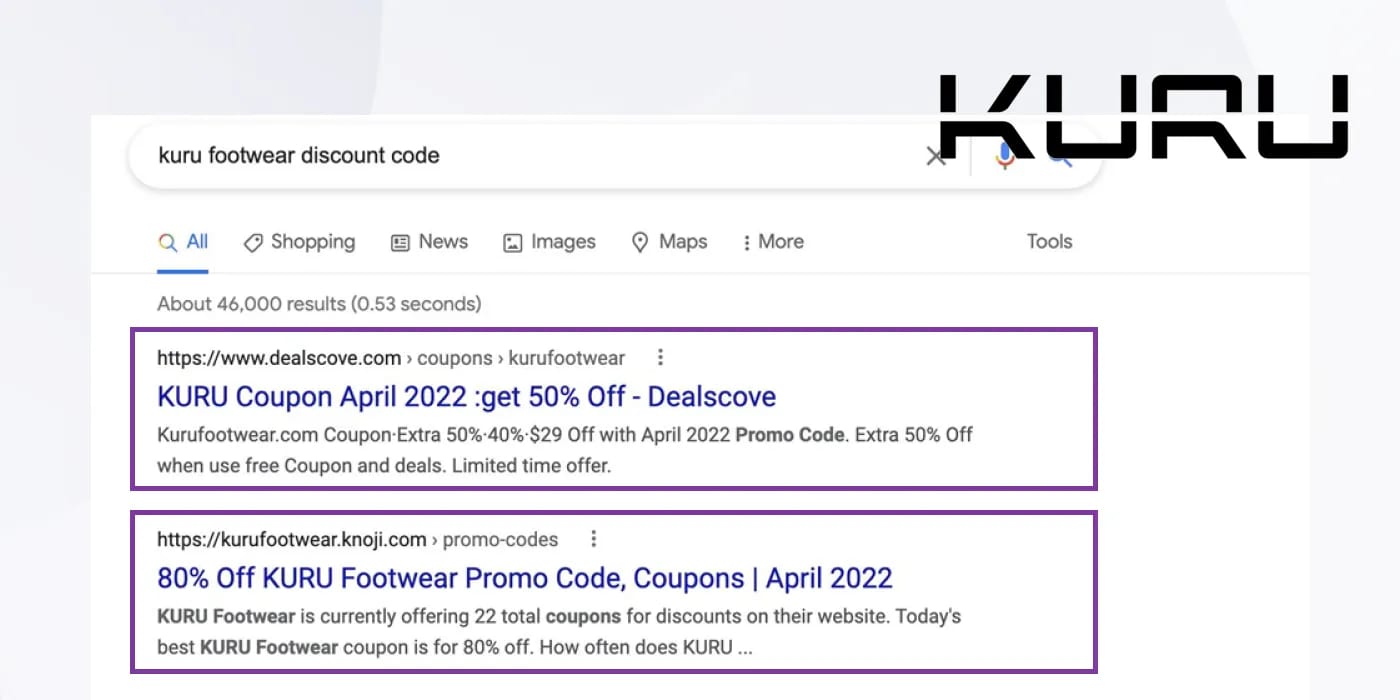
5. Impersonal Propositions
Many offers tend to be super-generic and repetitive, leaving customers feeling like a small part of a large mass. Personal and relatable promotions play an integral role in differentiating a brand’s perception. A great example of this was Spotify’s #spotifywrapped marketing campaign which offered customers a creative and hyper-personalized recap of their top artists, songs, and genres. This campaign spoke to customers on a very personal level resulting in a 21% increase in platform downloads.
In addition to bland offers, nothing kills the vibe like an email starting with “Hi Unknown/[First. Name]”. The typical person has 260 unopened messages in their inbox with 56% coming from brands. Moreover, 60% of consumers who never open brand emails indicate they would if the subject line was customized. Creating content based on customer behavior and preferences is the key to unlocking higher engagement. Watch out for data quality issues that might result in highly impersonal emails and offer mismatches. Your messages should be correct and ideally make your customers feel like it was meant and tailored for them.
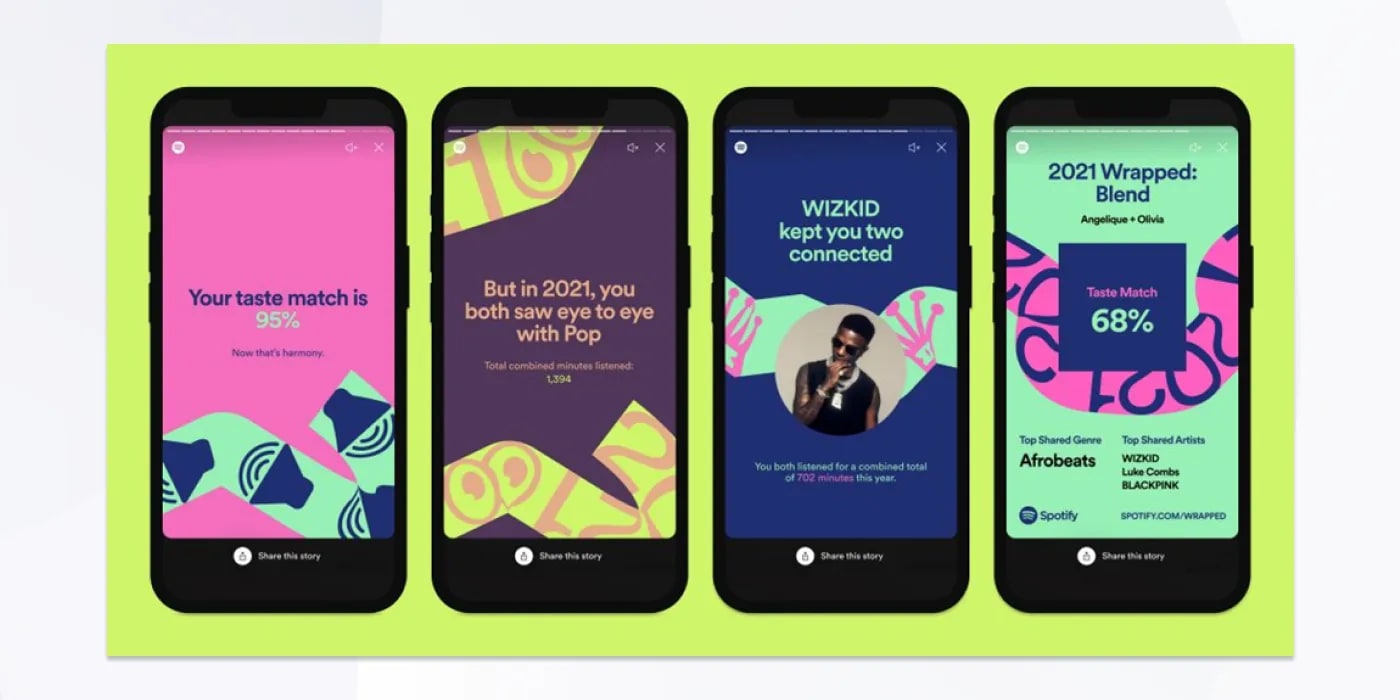
Final Thoughts
Mistakes are only human and happen even at prominent brands. It is not a matter of being flawless, but having the right mechanisms in place to discover issues early and provide the best possible solution.
Bravely experimenting and testing the waters is critical to understand what your customers actually want. Some may love to be contacted at all times, whilst others may resent it. A test-and-learn approach will allow you to match your promo strategy to the exact needs of your audience.


